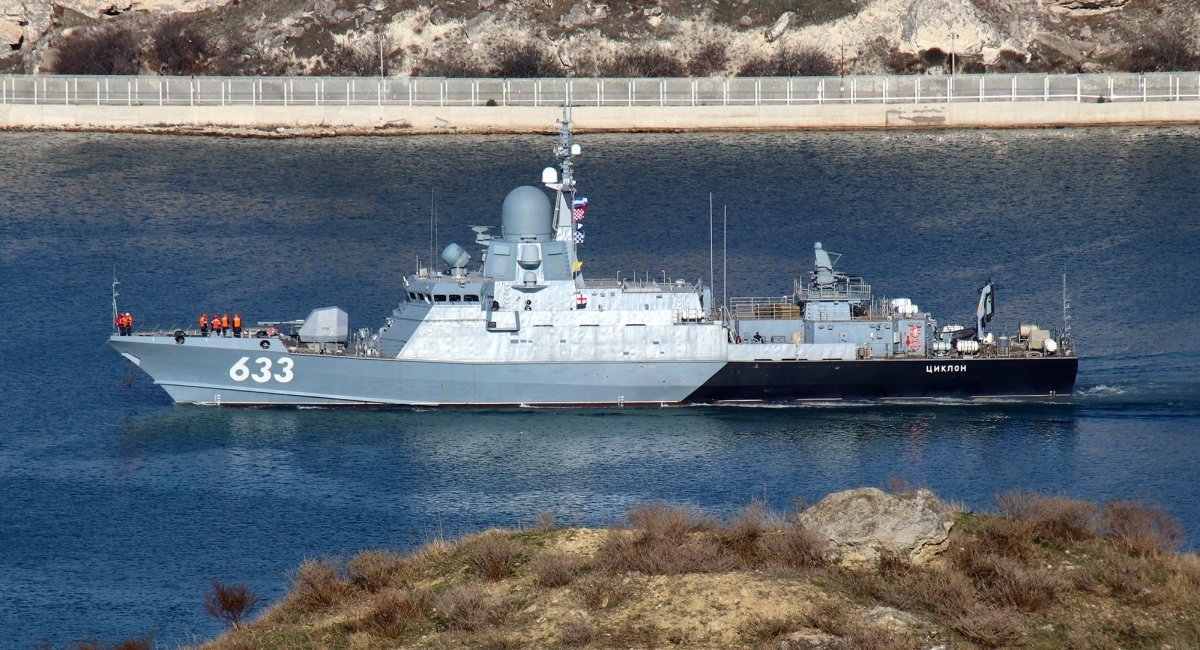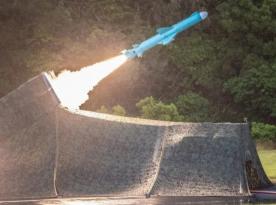A new corvette has been commissioned to the Black Sea Fleet of the russian Navy. The missile-carrying ship of the Project 22800 was built in the port Zalyv in the city of Kerch, occupied Crimea, it was named "Tsiklon."
This warship was laid down in 2016, launched in 2020, and became the first ship of this class in the Black Sea Fleet on July 12th, 2023. Other than this one, there are also three more Karakurt-class corvettes in the Baltic Fleet.
Read more: Russian Second Rank Captain of Krasnodar Submarine Was Tracked Through App for Running
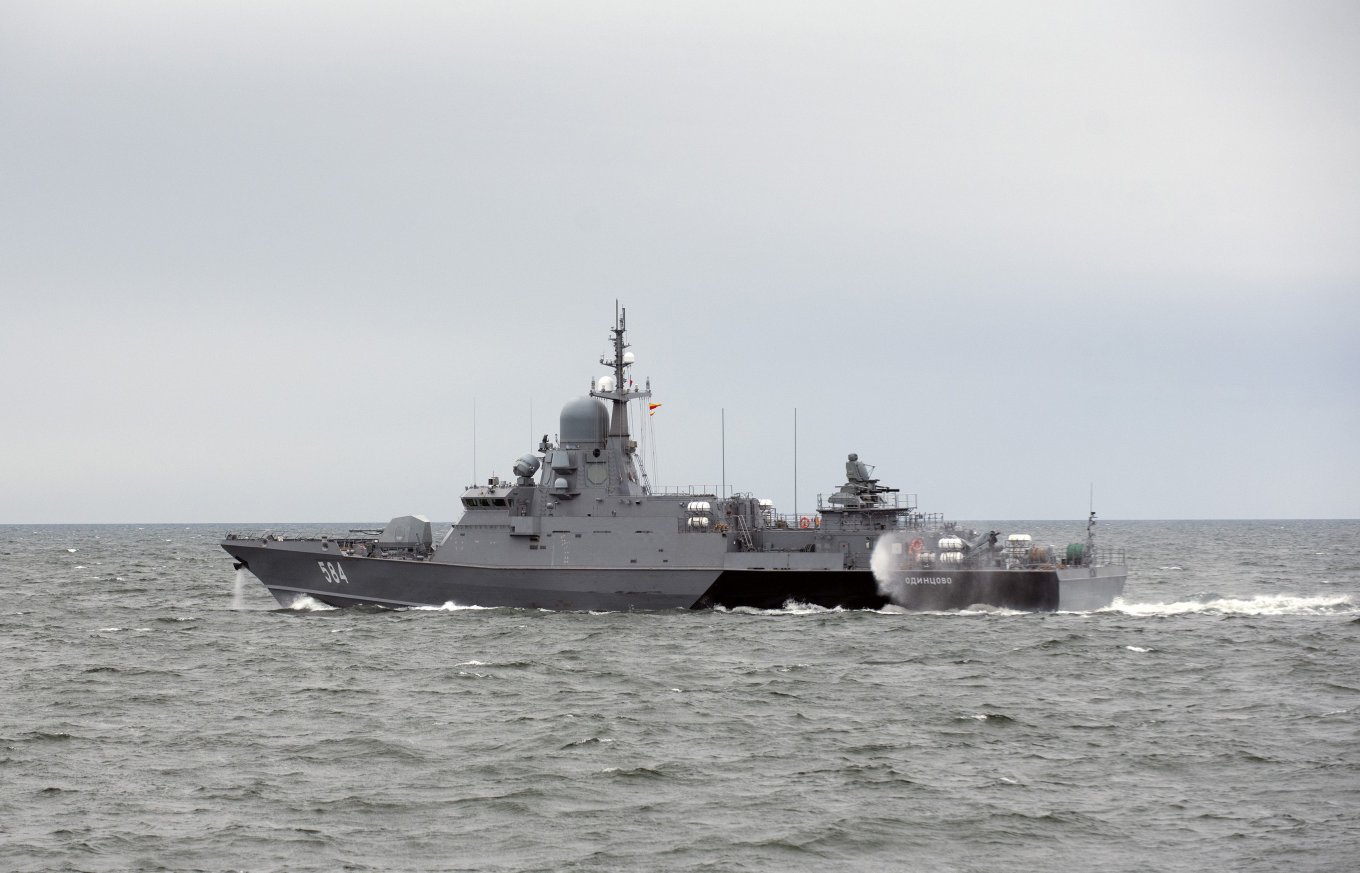
Generally speaking, Project 22800 Karakurt was created as a development of the Buyan-M class corvettes, domestically called "small missile ships" and formally categorized as belonging to the "sea-river" class, the so-called "green-water navy" because of the low draft. This design was partly caused by the fact russia saw its Buyan-M as a way around the ban on cruise missile deployment on ground-based launchers.
But practice showed that Buyan-M was not seaworthy, so Project 22800 Karakurt was supposed to make up for this flaw. The first design draft was presented in 2015.
Being a russian analog of a corvette class, the Karakurt small missile ship has a displacement of 870 tons and hull length of 67 meters (220 feet). The full crew is 39 personnel, voyage endurance of 15 days. Has three M507D engines with an output of 8,000 hp each.
Maximum speed is 30 knots, or 55.5 km/h (34.5 mph), operational range at cruising speed is 2,500 nautical miles.
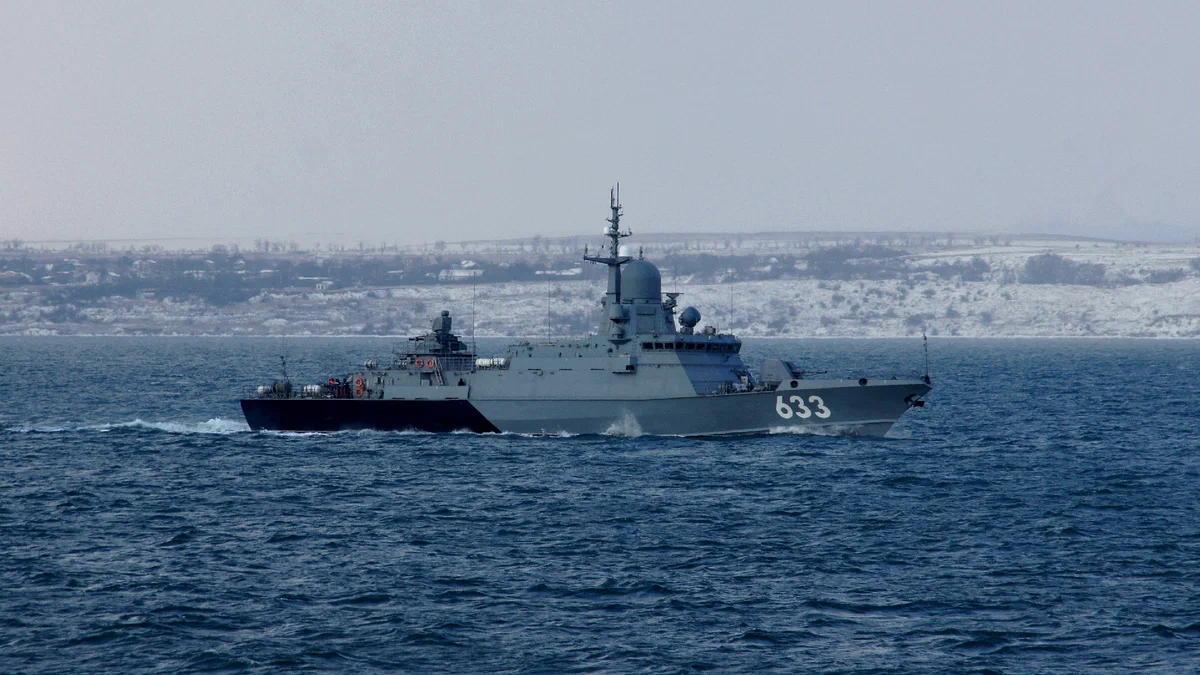
Despite its relatively small dimensions, in russian finest traditions, the ship received quite powerful armament consisting of eight versatile launch silos adapted for Kalibr (land-attack) and Oniks (anti-ship) missiles. in addition, the ship has an AK-176MA naval gun of 76.2mm caliber.
Traditionally weak for russian warships air defense system is provided by a naval version of the Pantsir-ME anti-aircraft missile and artillery complex that has a declared range of missile engagement up to 20 km at altitudes up to 15 km. Noteworthy, the naval variant of the Pantsir system instead of 30mm 2A38 guns got more rapid-fire GSh-6-30 autocannons: 2,500 rpm for 2A38 vs. 5,000 for the GSh-6-30.
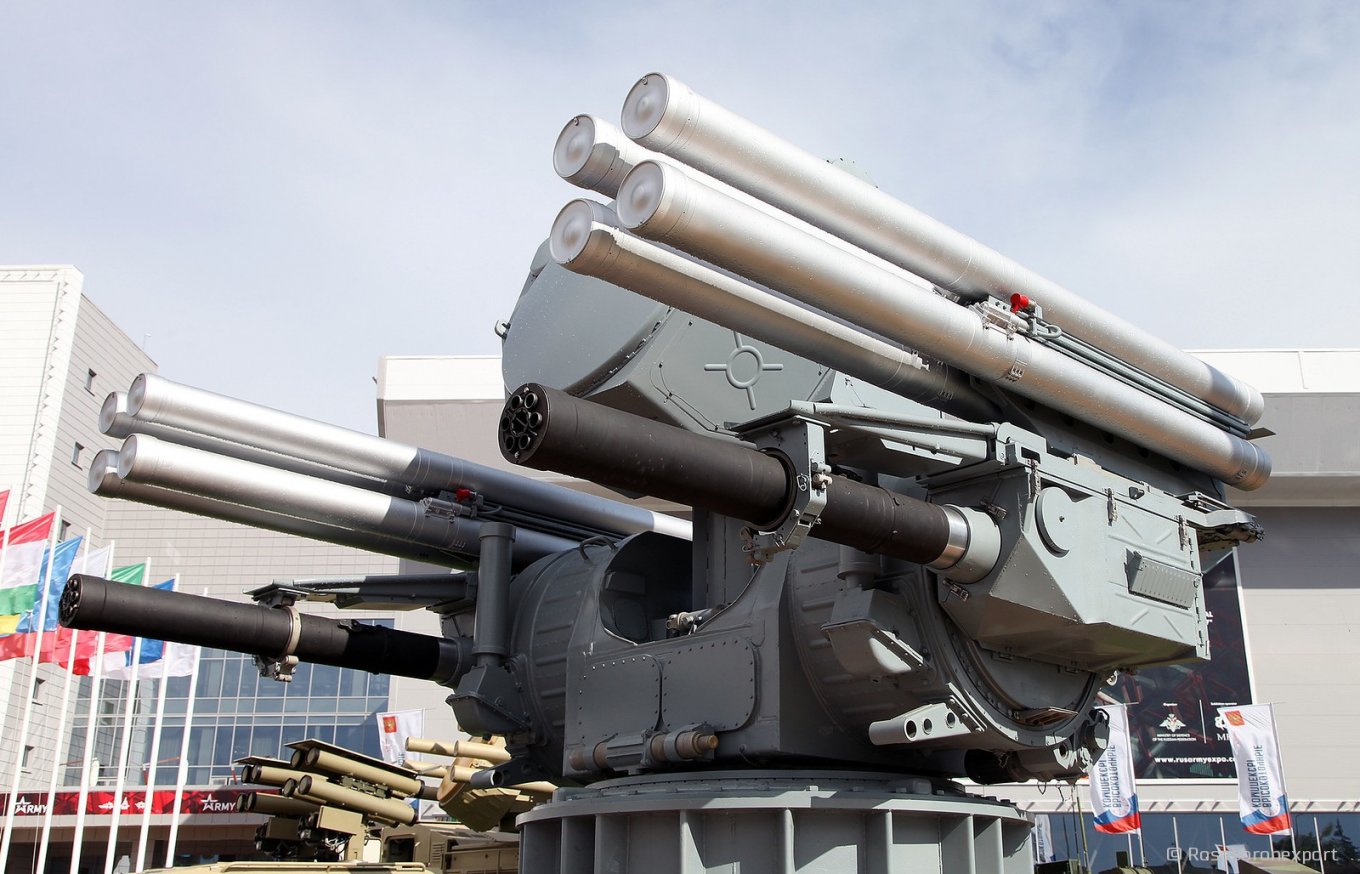
The warship's radar system is the Mineral-M, it has both active and passive radar stations for scanning surroundings above the surface. It can detect a surface target of destroyer class 250 km away, according to the official data.
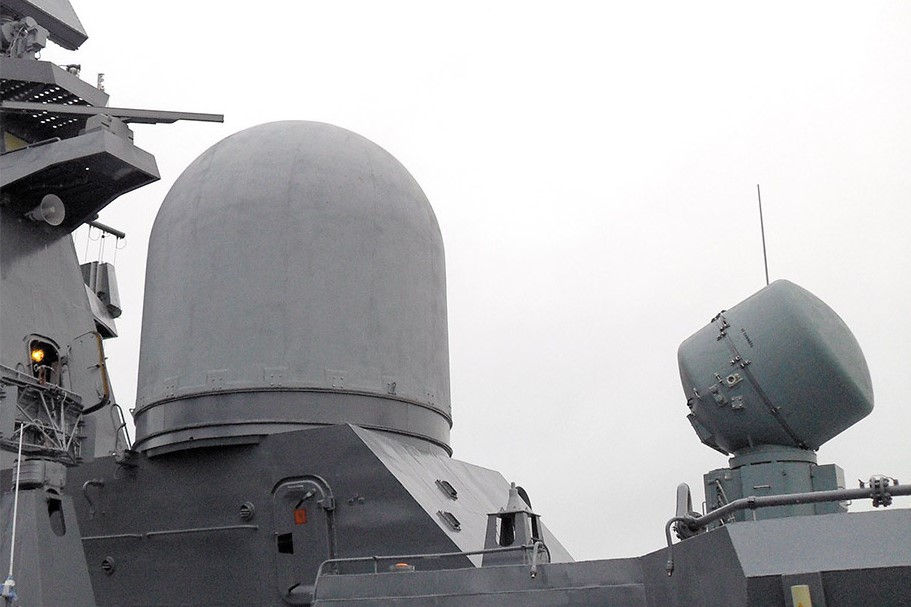
Also, there are four fixed 1RS-3 radars for airspace surveillance, they are installed on top of the Pantsir AA complex and have a declared range of 70 km. The combat management system is called Sigma.
Overall, there were four corvettes of Project 22800 Karakurt laid down in Kerch from 2016 to 2019, according to the plan, three of them are supposed to enter service with the Black Sea Fleet of the russian Navy by the end of 2023, and the remaining one – by 2024.
Read more: russia Admits Incapability to Create Own Stealth Corvette: Project 20386 Derzky Shut Down




